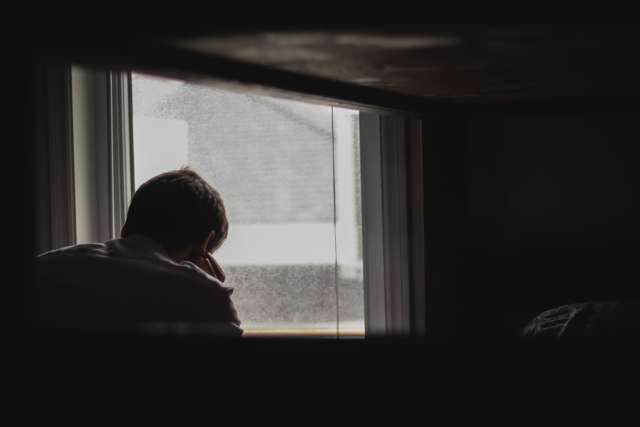Dear Doctors: Each year when we switch away from daylight saving time, I get that SAD thing. I start feeling low and eventually get depressed. Why does that happen? I've read there are special lights that can help and would like to know more about that.
Dear Reader: You are one of the estimated 20 million people in the United States dealing with a condition known as seasonal affective disorder, or SAD. First identified in the mid-1980s, it is a type of depression tied to the cycle of the changing seasons. In the majority of cases, SAD is triggered by the waning light at the close of the year. Symptoms often appear in autumn, peak in January and February and ease with the lengthening days of springtime. For about 10% of people, it's the spring and summer months that trigger the onset of symptoms. These differ from winter-pattern SAD.
In winter-pattern SAD, people may experience sadness, hopelessness or depression; loss of energy; lack of interest in usual activities; increased irritability; an inability to feel happiness or joy; increased sleep; difficulty rousing in the morning; increased appetite; and social withdrawal. Individuals with summer SAD often become anxious, feel restless or agitated, experience a loss of appetite and develop disordered sleep or insomnia.
The causes of either form of the disorder are not yet clear. However, light-driven chemical changes in the brain, possibly including an under- or overproduction of melatonin, are suspected to play a role. Studies have found lower levels of serotonin, a brain chemical that helps regulate mood, in people with winter-pattern SAD.
The light therapy you are asking about, known as bright light therapy, has proven beneficial for many people with winter-onset SAD. It involves daily exposure of 30 to 40 minutes to a light box. This is a device outfitted with specific types of full-spectrum bulbs that mimic natural outdoor light. Light boxes can be extremely bright and may not be appropriate for everyone. Bright light therapy is often used in combination with additional forms of treatment, including antidepressants, exercise and talk or cognitive behavior therapy.
For people who know they have SAD, planning ahead can be helpful. The cyclic nature of the condition makes this possible. It's a good idea to begin to exercise more as the summer draws to a close, as being physically active has been shown to help ease symptoms of depression. If you do use a light box, begin a few weeks before your symptoms typically appear. And if it's possible, plan a getaway during the darkest days of winter. If a visit to a sunnier location isn't possible, time off that frees you from being indoors all the time can help.
Anyone who suspects they have winter-onset SAD should see their health care provider. The symptoms overlap with several other conditions, which need to be ruled out. These can include anemia, major depression and some thyroid disorders. If SAD is the diagnosis, your doctor can help craft your individual approach to therapy and offer support throughout the winter months. If symptoms don't ease as sunlight returns, be sure to let your doctor know.
Help Shape the Future of Mental Health by Joining the UCLA Mental Health Research Registry
(Send your questions to [email protected], or write: Ask the Doctors, c/o UCLA Health Sciences Media Relations, 10960 Wilshire Blvd., Suite 1955, Los Angeles, CA, 90024. Owing to the volume of mail, personal replies cannot be provided.)





